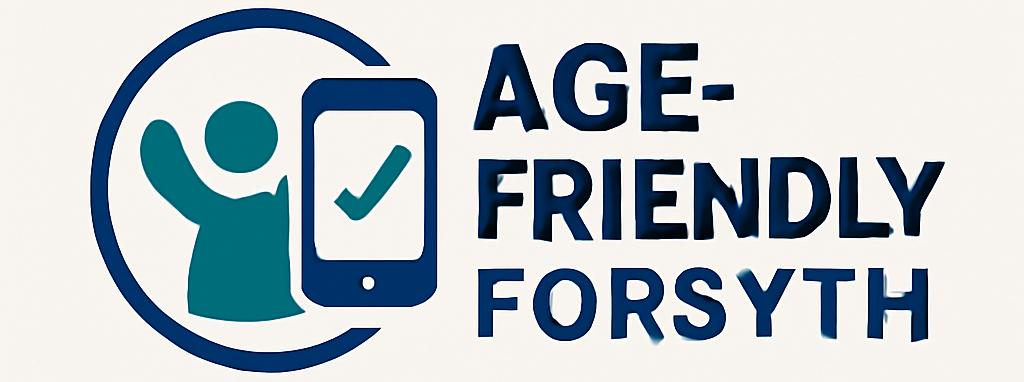The designation identifies superior slate devices optimized for seamless integration with in-vehicle infotainment systems powered by Google’s Android Auto platform. These tablets function as secondary displays or control interfaces, enhancing the user experience within a vehicle. Functionality typically includes navigation, media playback, communication, and access to compatible applications.
Effective integration enhances driver convenience and accessibility to key functionalities while minimizing distractions. Historically, vehicle infotainment relied on proprietary systems. Android Auto’s emergence, coupled with tablet technology, allows for more versatile and customizable in-car experiences. Benefits include cost-effectiveness, frequent software updates, and a broader range of application support compared to embedded systems. This offers drivers and passengers access to a more modern and connected automotive environment.
